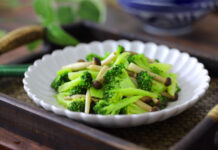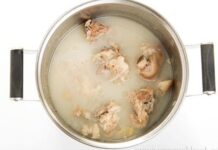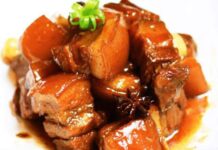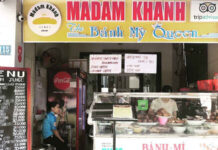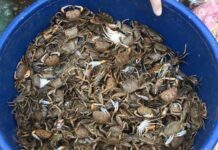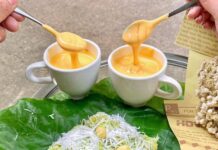Chrysanthemum Hot Pot: A Delicate Dish and Cixi’s Beauty Secret
Empress Cixi was renowned for her passion for cuisine and attention to her appearance, even in her later years. Among the imperial delicacies she favored, chrysanthemum hot pot held a special significance.
Cixi often enjoyed this dish on chilly days. It is prepared with a broth made from chicken and pork bones, infused with ginger, onion, and various warming herbs. When the broth boils, fresh chrysanthemum petals are added—carefully selected and treated to retain their vibrant color and refreshing fragrance. The chrysanthemums not only create a visually appealing accent but also impart a soothing touch to the overall flavor, providing a delicate and ethereal dining experience.
In addition to vegetables and mushrooms, Cixi would include premium ingredients such as ginseng-simmered chicken, rare fish, and even pearl powder. While the exact recipe remains a mystery, historical records suggest that this dish served as a “health tonic” for Cixi, helping to maintain her health and nourish her skin—a matter of great importance to her.
Today, chrysanthemum hot pot is no longer a strange delicacy to many. However, replicating the exact flavors and luxurious ambiance of the imperial kitchen remains a rare feat.
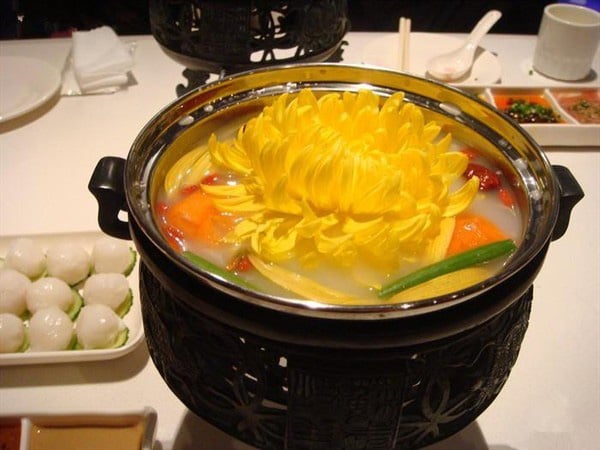
Hilsa Fish: A Delicacy for Emperor Kangxi from Jiangsu Province
During the prosperous reign of Emperor Kangxi of the Qing Dynasty, hilsa fish (also known as oil carp) from Jiangsu Province was a renowned imperial delicacy. This fish, native to brackish waters, has soft flesh and a rich, buttery flavor, earning it the ancient accolade of “the fish of kings.”
To be served at the emperor’s table, hilsa fish had to be transported alive over hundreds of miles to Beijing, using primitive cold preservation methods—natural ice and specially designed storage rooms in the palace. This journey sometimes lasted several days, all to ensure the emperor received the freshest fish possible.
The preparation of hilsa fish is uncomplicated yet delicate. Typically, the fish is steamed whole, retaining its shimmering scales, and paired with bamboo shoots, mushrooms, and ham to enhance its natural sweetness. On numerous occasions, Emperor Kangxi held exclusive banquets featuring this dish alone, underscoring its unique status in the imperial cuisine.
Beyond being a culinary delight, hilsa fish symbolized the intricate logistics system during Kangxi’s reign. It stood as a testament to the emperor’s vision and meticulous management, encompassing everything from the imperial kitchen to state affairs.
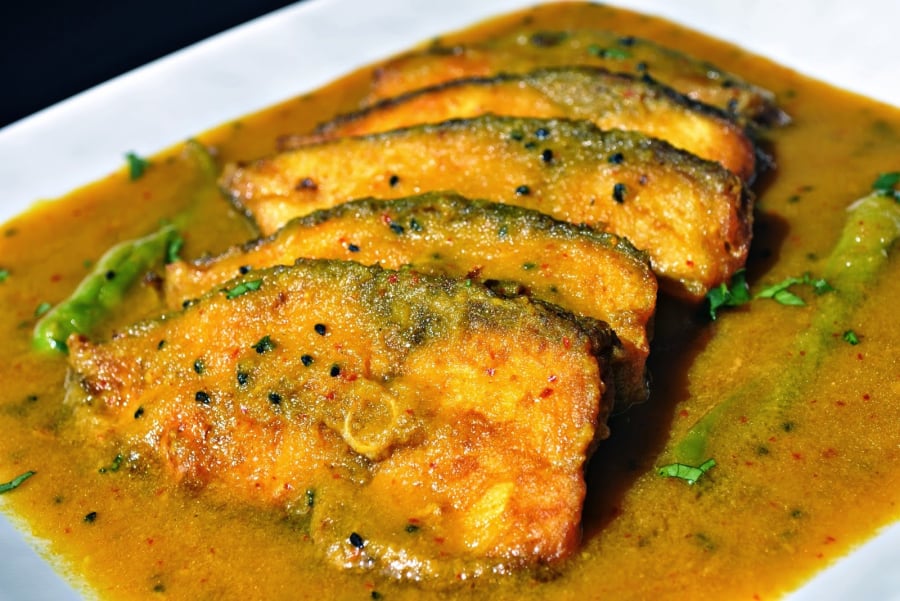
Eight-Treasure Duck: The Culinary Masterpiece Reflecting Emperor Qianlong’s Refinement
When it comes to Emperor Qianlong, he is remembered for his appreciation of art, respect for tradition, and discerning palate. Among the myriad of dishes presented to him, the eight-treasure duck left an indelible impression.
True to its name, this dish is prepared with a duck stuffed with eight precious ingredients—glutinous rice, Chinese sausage, lotus seeds, bamboo shoots, mushrooms, salted duck eggs, mung beans, and shrimp—each symbolizing good fortune and prosperity. After being cleaned and pricked with tiny holes, the duck is stuffed, then steamed, fried, and braised with spices for several hours to allow the flavors to permeate every layer.
The most challenging aspect of preparing eight-treasure duck is maintaining the duck’s shape intact, ensuring that the skin remains crisp without tearing, while the meat inside becomes tender and infused with the stuffing. This dish was typically reserved for grand imperial ceremonies or enjoyed by Emperor Qianlong during his beloved Jiangnan feasts.
The eight-treasure duck not only boasts a robust flavor but also exemplifies the pinnacle of imperial culinary techniques. It represents an era when food served as more than just nourishment; it was a manifestation of culture and refinement.
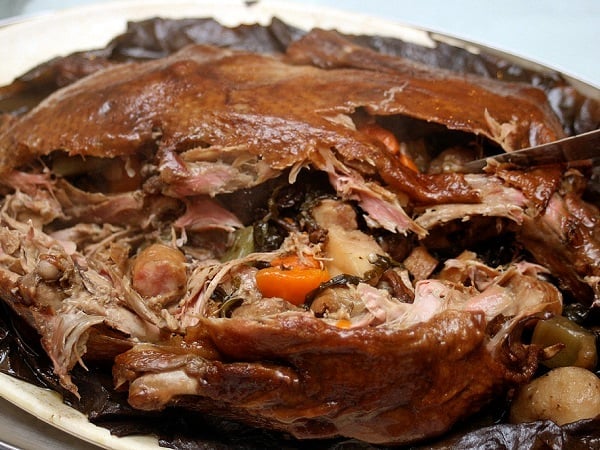
Imperial Cuisine: When Food Speaks of Status and Influence
The three dishes—chrysanthemum hot pot, hilsa fish, and eight-treasure duck—while diverse in ingredients, regions, and cooking methods, share a unique commonality: they vividly reflect the personalities, preferences, and legacies of three illustrious royal figures.
- For Empress Cixi, chrysanthemum hot pot symbolizes her aspiration to preserve her beauty and embrace femininity within the confines of a male-dominated feudal society.
- For Emperor Kangxi, hilsa fish stands as an emblem of reform and his meticulous attention to detail, evident even in the imperial kitchen.
- For Emperor Qianlong, eight-treasure duck showcases his refined aesthetic sense and deep respect for regional culinary traditions.
For the Qing Dynasty royalty, cuisine was not merely about indulgence; it served as a means to convey identity, power, and belief. Even as the dynasty faded into history, these dishes endure as a living testament to the vibrant culture and opulence of the imperial era.











